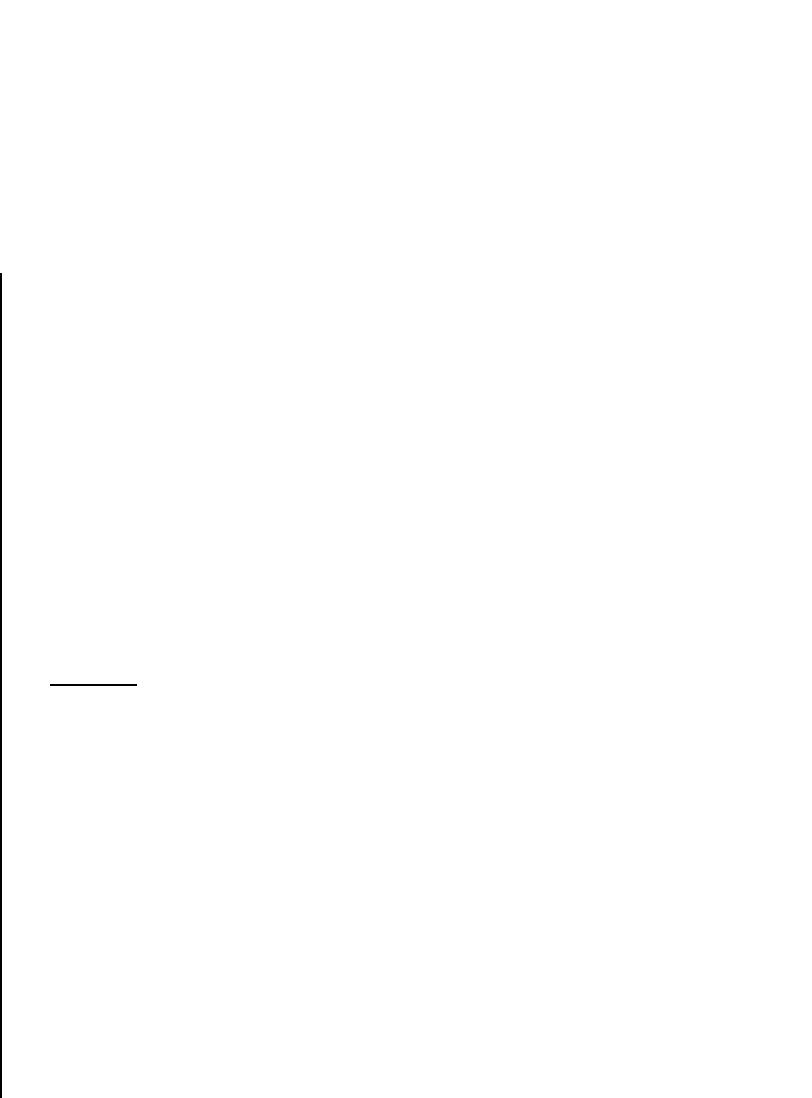
designing the heights of the bulkhead to eliminate overtopping, and installing
proper drainage controls at the top of and within the retained bank. Flow
under the toe can be stopped or reduced by the cutoff wall mentioned above,
or by increasing the penetration of sheet-piles.
The retained soil provides the bulkhead an additional resistance to wave
forces.
If the soil is eroded, the bulkhead loses support and may fail
under wave action. Joints and holes in the bulkhead should be backed by
filter material to allow drainage while still preventing loss of the retained
soil. Any lifting holes in sheet-piles below the retained soil line should
be covered with plates or backed by filter material.
If the bulkhead will
be overtopped and the ground surface behind the bulkhead is not paved, a
splash apron, usually armor stone with a graded quarrystone filter, as shown
in Figures 2, 3, and 4, must be built on top of the retained soil to prevent
its removal by waves. Paved surfaces may become separated from the bulkhead
leaving an open joint through which overtopping waves may erode the under-
lying fill material. A filter of gravel or geotechnical fabric against the
bulkhead and under the asphalt can prevent this material loss. Each end
of a bulkhead must be tied into adjacent shore protection structures or
extended back into the existing bank a sufficient distance to prevent the
erosion of the laterally adjacent shore from advancing into the retained
Flanking of a cellular bulkhead is illus-
soil, a process called flanking.
trated in Figure 5 (b).
MATERIALS : Timber, steel, aluminum, and concrete sheet-piles are the most
common bulkhead materials. Steel, aluminum, and concrete sheet-piles do not
require support by structural piless although concrete bulkheads have been
built using concrete slabs supported by structural kingpiles. Timber sheet-
piles commonly have a supporting framework of wales and structural piles,
as shown in Figure 3. Pattered pile props are usually used only for timber
bulkheads, although tie-back anchors are generally used with sheet-pile
structures of all materials. Steel-piling are used where the soil is dense
Cells are
or contains rocks or logs, and is preferred for high bulkheads.
Cribs are usually built of timber, but may also
built of steel sheet-piling.
be built of concrete or steel members. When bolts are used for fasteners,
most commonly for timber structures, they must be tightened securely to pre-
vent loss of structural rigidity, the resulting breakage of members, and the
eventual failure of a structure through loss of retained fill. Steel should
6


 Previous Page
Previous Page
